Il Parco Nazionale dei Vulcani (Volcanoes National Park) è un’area protetta situata nel nord-ovest del Ruanda, molto vicino ai confini con l’Uganda e la Repubblica del Congo. Il suo nome è dovuto ai cinque vulcani inclusi nei suoi 160 kmq di territorio, nessuno dei quali è oggi attivo. Il record di questo parco è quello di essere il primo Parco Nazionale ad essere creato in Africa, nel lontano 1925. Nessun altro stato aveva pensato a un’area naturale protetta, prima. Ma è stato necessario perché i bellissimi gorilla di montagna erano in pericolo e quasi estinti.
La porzione originale del Parco Nazionale dei Vulcani si trovava in Uganda, successivamente è stato esteso sia al Ruanda che alla Repubblica del Congo (1929). Il parco è diventato famoso in tutto il mondo per gli studi della dottoressa Diane Fossey – che vi abitò fino alla morte nel 1985 – e per la guerra civile. L’area naturale è stata un campo di battaglia per 7 anni, dal 1992 al 1999. È stata riaperta al turismo solo nel 2000.
Cosa vedere al Parco Nazionale dei Vulcani
Cosa vedere al Parco Nazionale dei Vulcani? I vulcani, ovviamente. I monti Karisimbi, Bisoke, Muhabura, Gahinga e Sabinyio sono l’attrazione più importante del luogo. Due di loro – Bisoke e Gahinga – sono considerati vulcani “dormienti”: questo significa che potrebbero comunque provocare eruzioni, anche se non sappiamo quando. Muhabura, Karisimbi e Sabinyio sono invece estinti, non più pericolosi.
Il monte Karisimbi (4507 metri slm) è l’undicesima montagna più alta dell’Africa, e il suo nome significa “neve”. È uno stratovulcano che ha terminato la sua attività molto tempo fa e ora è solo una parte del bellissimo paesaggio. Il corpo del monte Bisoke (3711 m) si trova in Congo, ma il suo cratere superiore si trova nel territorio ruandese, così come una parte del suo fianco orientale. Conserva anche due laghi craterici. Muhabura (4127 m) con la sua perfetta forma triangolare è visibile da lontano, per questo il suo nome (=la guida) ha qui un significato particolare. Il Gahinga (3473 m) è il vulcano più verde della catena, tutto ricoperto da vegetazione afro-montana. Infine, il monte Sabinyio (3669 m) è il più panoramico e ospita le comunità di gorilla di montagna ruandesi.
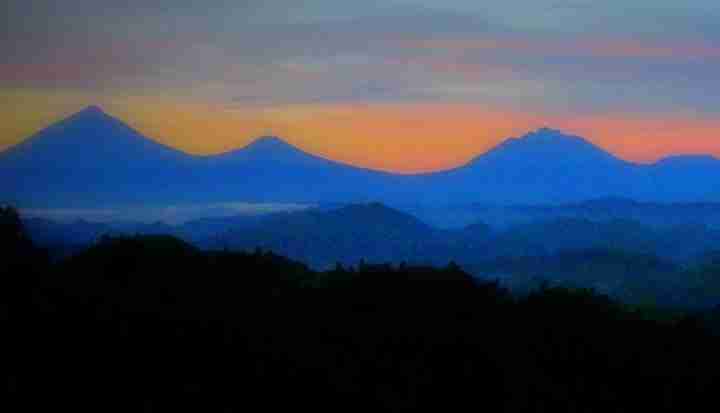
Animali del Parco
Quando farete il vostro safari al Parco Nazionale dei Vulcani potrete scegliere quale vulcano esplorare. Oppure godervi una visita all’habitat degli animali delle diverse montagne. Passeggiando tra foreste di bambù, boschi di Hagenia-Hypericum, deserti lavici o paludi, avrete la possibilità di incontrare: scimmie dorate, bufali, cefalofi, iene maculate, e se sarete fortunati anche alcuni rari elefanti.
Il protagonista principale del parco è ovviamente il gorilla di montagna. Le comunità vivono principalmente sul monte Sabinyio, ma si può imparare molto su di loro anche visitando il Centro di Diane Fossey, sulla strada tra il vulcano Karisimbi e il vulcano Bisoke. Lo chiamano il “Karisoke Gorillas Center”.
Informazioni sul Parco Nazionale dei Vulcani
Al Parco Nazionale dei Vulcani in Ruanda, naturalmente, potrete ammirare gli animali, in particolare i gorilla, in una vasta scelta di viaggi da safari. Ma si può anche semplicemente andare a visitare l’habitat delle scimmie o esplorare i vulcani. Se amate le grotte, ce ne sono tantissime da visitare soprattutto a Musanze. Potrete fare inoltre: birdwatching al villaggio di Iby Iwacu o escursioni ai laghi vulcanici gemelli Bulera e Buhndo.
Per entrare nel Parco Nazionale dei Vulcani è necessario disporre di un Permesso Gorilla speciale che consente di incontrare gli animali famosi.
Sono disponibili diversi biglietti per accedere al parco e usufruire dei suoi servizi. La pagina ufficiale del Parco Nazionale dei Vulcani vi mostrerà l’elenco completo.
Ci vogliono 3 ore di auto per raggiungere il Parco Nazionale dalla capitale del Ruanda, Kigali. Atterrerete all’aeroporto internazionale e poi prenoterete un taxi o un autobus privato per il parco. Ci si arriva anche con un’auto a noleggio, da soli, ma noi lo sconsigliamo vivamente!
(Traduzione dell’inglese di G Musumeci)
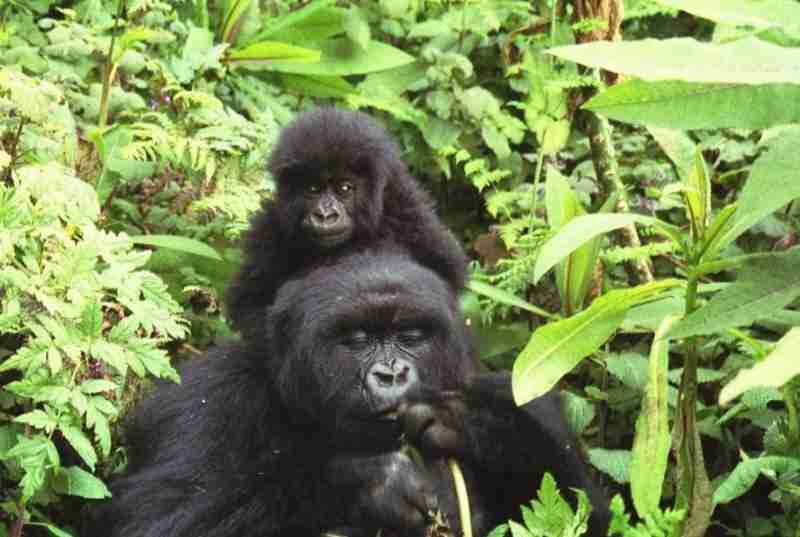


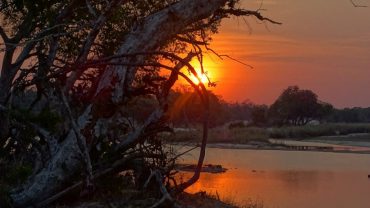
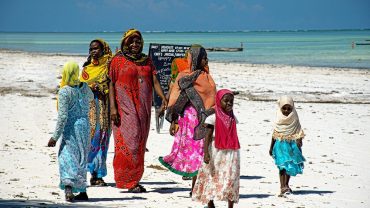
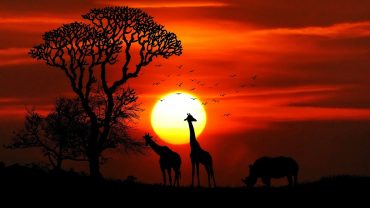
Comment (0)